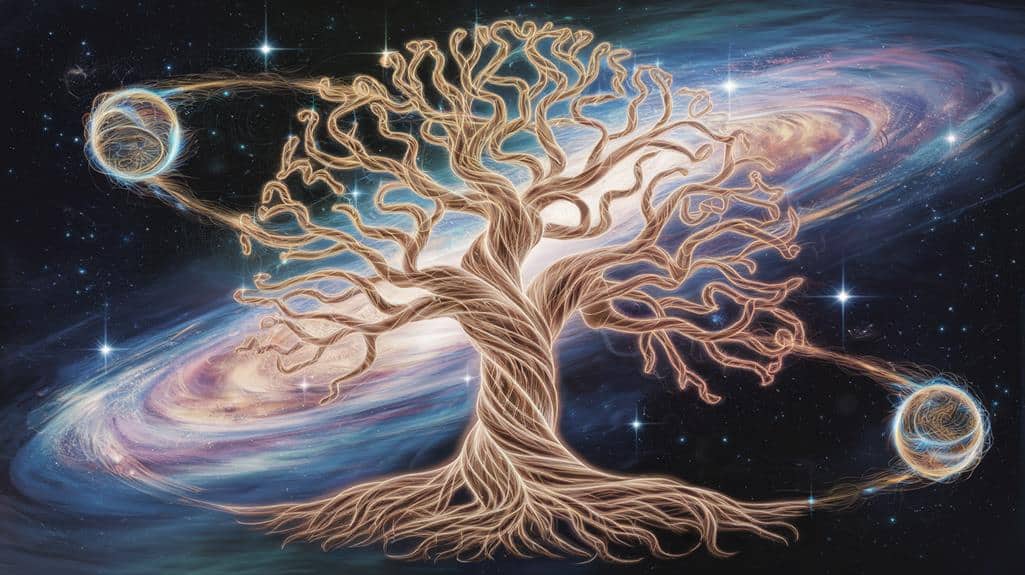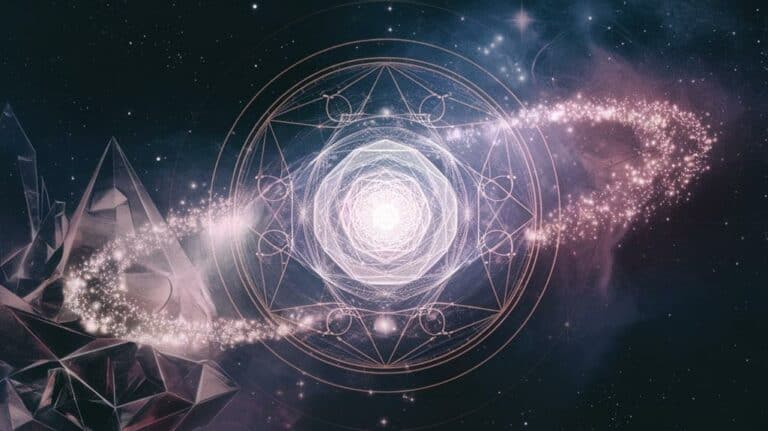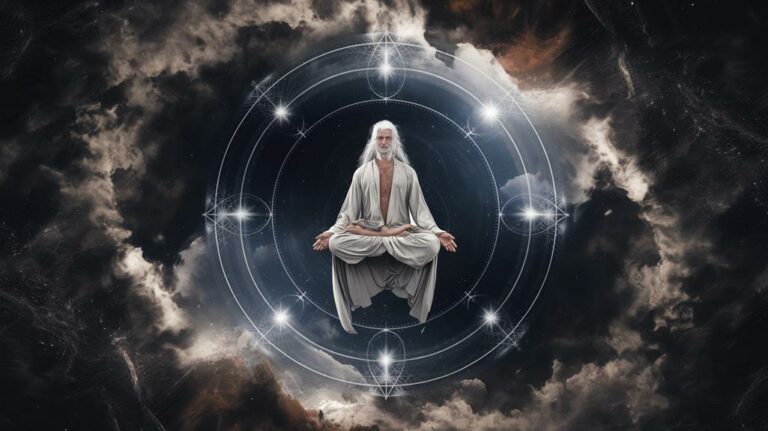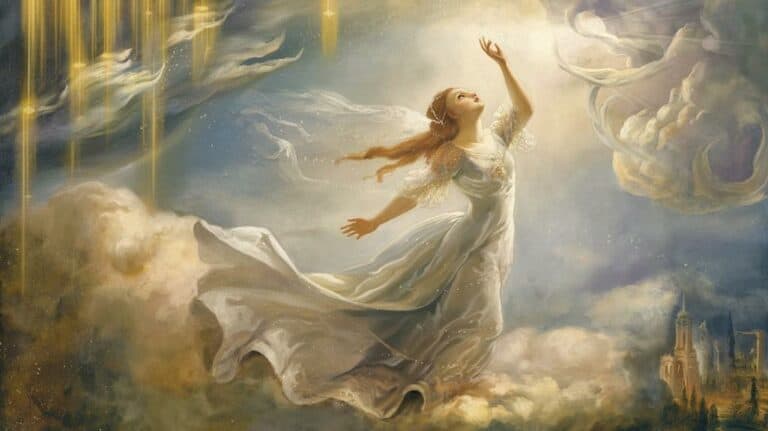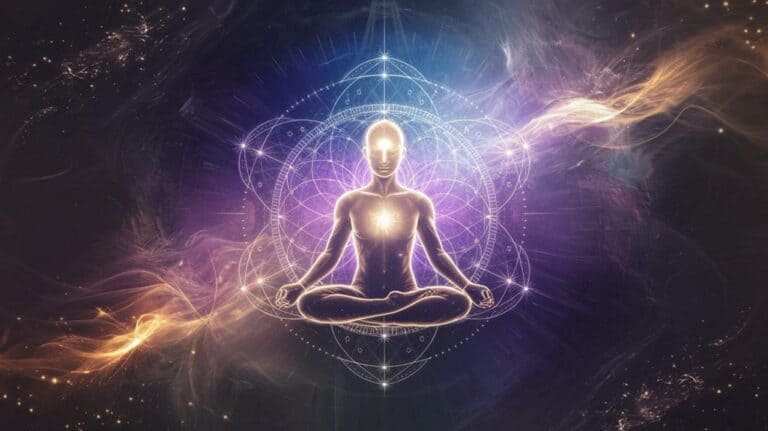Major Trends in Jewish Mysticism
You’re about to explore the fascinating landscape of Jewish mysticism, a journey that spans centuries and transcends conventional religious practices. From the visionary experiences of early Merkabah mystics to the intricate teachings of Kabbalah, you’ll encounter pivotal figures like Rabbi Akiva and Rabbi Simeon bar Yochai, whose ideas shaped the course of Jewish spirituality. But that’s just the beginning – as you explore the transformative movements of Sabbatianism and Hasidism, you’ll discover a complex tapestry of interpretations and practices that challenge traditional religious norms, leaving you wondering: what lies at the heart of Jewish mystical thought?
Origins of Jewish Mysticism
Frequently misunderstood as a late development in Jewish thought, Jewish mysticism has its roots in the earliest biblical narratives. You find it in the prophetic visions of Ezekiel, the heavenly ascents of Enoch, and the divine encounters of the Patriarchs. These mystical experiences, though varied and often cryptic, form the foundation upon which later Jewish mystical traditions were built.
As you explore deeper, you notice that the Hebrew Scriptures are replete with instances of mystical encounters. God appears to Hagar in human form, wrestles with Jacob, and reveals Himself to Moses in a burning bush.
The prophets, too, are filled with visions of the divine, each offering a glimpse into the hidden domains of the divine. These early texts lay the groundwork for the development of Jewish mysticism in subsequent centuries, from the Heikhalot and Merkavah literature of the 2nd century to the Kabbalistic texts of the 12th to 13th centuries.
Each era adds its own layer of interpretation and understanding, yet all are rooted in the profound and mysterious encounters of the biblical era. In exploring these origins, you find yourself at the threshold of a rich and complex spiritual tradition.
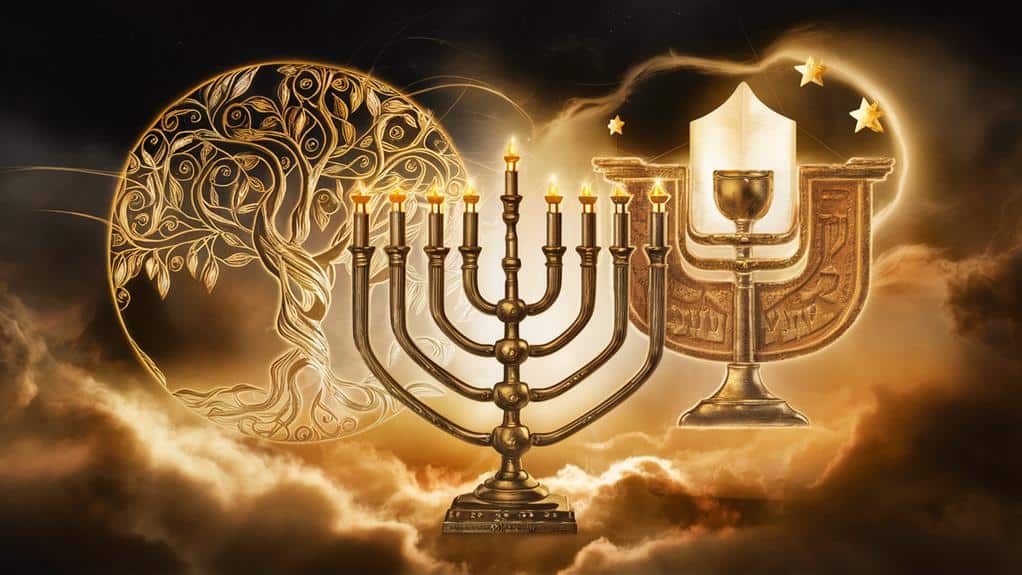
Key Figures in Jewish Mysticism
Delving into the historical landscape of Jewish mysticism, you’ll encounter a multitude of figures who played essential roles in shaping this complex and multifaceted tradition. Among these key figures are those who ventured into the esoteric domains, seeking profound understandings of the divine and human existence.
At the heart of early Jewish mysticism are figures like Azzai, Ben Zoma, Elisha ben Abuyah, and Rabbi Akiva, who in the Talmudic era engaged in mystical studies, some to the point of tragic consequences.
The rabbinic era also introduced the concept of the Merkabah, or the divine chariot, a theme that echoed through various texts, including the First Book of Enoch and the writings of the yorde merkava explorers of the supernatural world.
The medieval period saw the emergence of Kabbalah, with figures like Rabbi Simeon bar Yochai, to whom the Zohar is traditionally attributed, and later figures like Moses De Leon, who revealed the Zohar to the wider Jewish world.
Additionally, figures like Samuel of Speyer and Eleazar of Worms of the Hasidei Ashkenaz, and the Castilian kabbalists like Isaac ben Jacob ha-Kohen and Moses of Burgos, contributed notably to the mystical landscape.
Merkabah and Kabbalistic Traditions
As you explore the foundational elements of Jewish mysticism, the Merkabah and Kabbalistic traditions emerge as essential in shaping the spiritual landscape.
The Merkabah tradition, rooted in the prophetic visions of Ezekiel, particularly in Ezekiel 1, centers on the vision of the divine chariot and the subsequent ascent to the celestial domains. This school of thought, active from approximately 100 BCE to 1000 CE, is characterized by the detailed descriptions of the heavenly palaces and the journey through them, as seen in the *hekhalot* literature.
You find yourself immersed in a world where mystics like Rabbi Akiba and Rabbi Ishmael attempt to recreate Ezekiel’s experience, traversing the perilous journey through seven spheres or “heavenly dwellings” to behold the divine throne.
The use of magical formulas, or seals, is vital to placate the angelic gatekeepers and avoid the dangers of the ascent. As you investigate deeper into these traditions, you encounter the Kabbalistic thought that emphasizes the unity of the divine and the universe, where the essence of divinity is found in every single thing, paving the way for a profound spiritual connection with the divine.
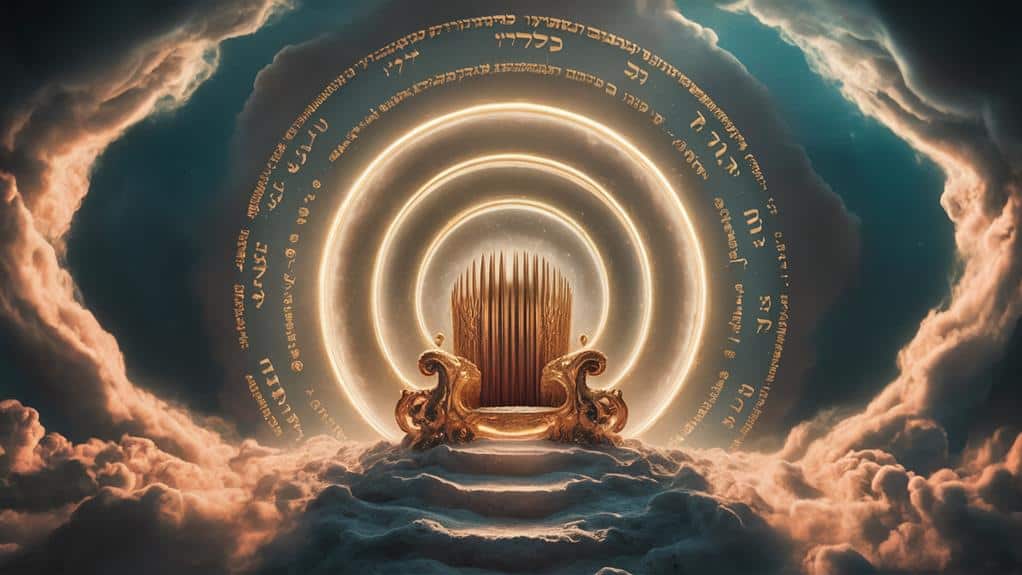
Sabbatianism and Its Controversies
Exploring the complex and tumultuous landscape of Jewish mysticism, the emergence of Sabbatianism in the 17th century presents a particularly contentious chapter. You find yourself confronted with a movement that both captivated and polarized the Jewish community, centered around the figure of Sabbatai Zevi, a charismatic Ottoman Jewish rabbi pronounced to be the Messiah in 1666 by Nathan of Gaza.
The vast and fervent following Zevi amassed didn’t dissipate even after his forced conversion to Islam, leading to the formation of various Sabbatian sects, some of which also converted to Islam, while others continued to operate within the framework of normative Judaism.
Delving into the heart of Sabbatianism, you encounter a rich tapestry of theological motifs drawn from traditional Jewish Kabbalah, intertwined with elements from Islam and Christianity. The movement’s adherents developed a unique interpretation of Zevi’s apostasy, viewing it as part of his messianic mission.
This blend of religious syncretism and antinomian practices engendered intense opposition from rabbinic authorities, who issued bans of excommunication and composed numerous polemical works against the sect.
The legacy of Sabbatianism, though dwindling by the late 18th century, left a profound impact on subsequent Jewish movements, including the Haskalah.
Hasidic Movements and Their Legacy
How did the tumultuous landscape of Jewish mysticism give rise to the vibrant Hasidic movements? You step into the 18th century, a time when Rabbi Israel Ben Eliezer, known as the Baal Shem Tov, emerged as the founder of Hasidic Judaism. His teachings emphasized a heartfelt, exuberant faith that sought to connect with God through prayer, meditation, and kabbalistic teachings, rather than rigorous textual study.
This spiritual awakening swept Eastern Europe, drawing in ordinary Jews who yearned for a more direct and deeply personal relationship with the divine.
You investigate the world of Hasidic philosophy, finding a rich tapestry of spiritual concepts. The movement is rooted in the kabbalistic thought of the “Tzadik,” the righteous leader who embodies the divine and serves as a conduit to the material world.
The Baal Shem Tov’s teachings on “devekut,” or clinging to God, and the use of “nigunim,” wordless meditative melodies, created a unique spiritual practice that distinguished Hasidic Judaism from other branches of Orthodox Judaism.
You explore the legacy of Hasidic movements, noting how they survived the devastating losses of the Holocaust.
Today, Hasidic communities thrive in Israel, New York, and other parts of the world, carrying forward their distinctive traditions, practices, and spiritual aspirations.
Conclusion
As you close this exploration of major trends in Jewish mysticism, consider how these ancient and evolving traditions continue to resonate with profound existential themes. The journey from Merkabah’s prophetic visions to the communal spirituality of Hasidism reveals a deep human quest for unity and meaning. Reflecting on these movements, you’re invited to engage with the rich tapestry of Jewish mystical thought, where personal spirituality, divine connection, and community intertwine, shaping the contours of human experience.



